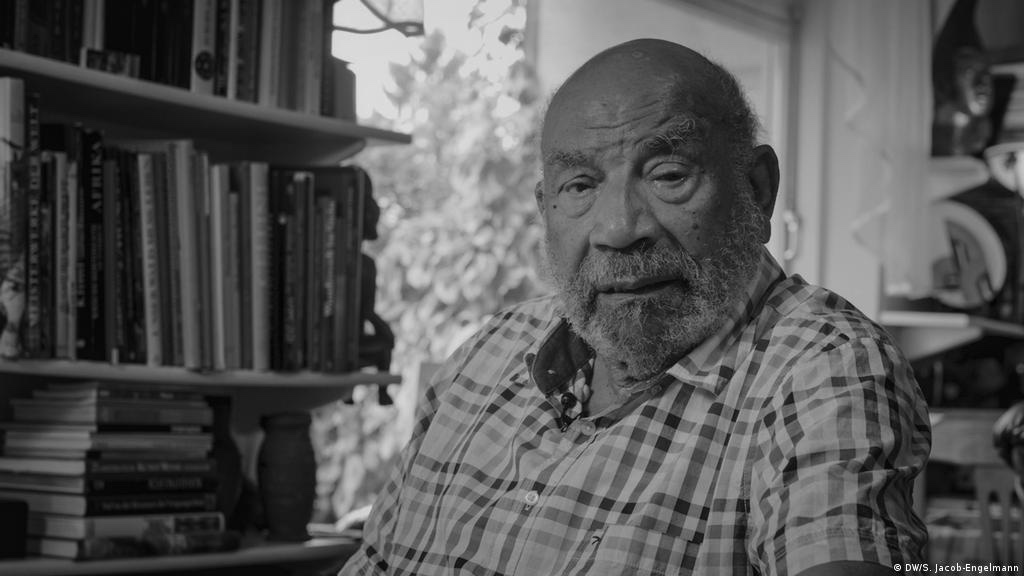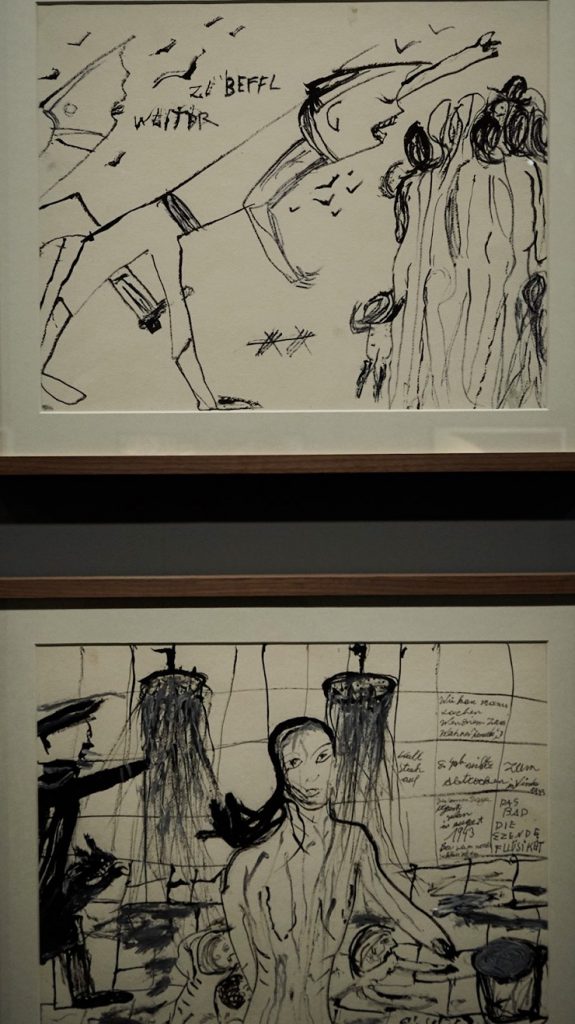Holocaust memorial week: The forgotten victims
This article tells the story of other marginalised groups during the Holocaust and how they suffered under the brutal Nazi regime. This article does not seek to undermine the experience of any group but instead shine a light on the stories of those who may have been forgotten in history.
Last week at the University of Essex and around the world, we commemorated Holocaust memorial week in solidarity with those who lost their lives to the brutal Nazi Germany regime almost 80 Years ago, in one of the darkest chapters in human history, around 6 Million Jews died during the holocaust, all in the pursuit of Hitler’s twisted vision of racial purity in Germany.
Despite the horrors of this genocide, every year when we gather to commemorate and reflect, we are reminded of stories that show the best of humanity, such as the story of how a British man, Sir Nicholas Winton, organised the evacuation of nearly 700 children from the Holocaust to England, in what is known as the ‘Kindertransport’. Fifty years later, as an older man, the children he rescued (now adults) surprised him in a BBC programme audience.
Stories like these and many others do not make us forget the horrors of war and genocide but serve as a reminder of the good in humanity. However, many stories have gone untold, one of them being the stories of other groups who were also victims of the Holocaust; this includes Black people, Roma and Sinti people (‘Gypsies’), disabled people, Gay people, as well as political opponents and trade unionists.
Along with the disproportionate amount of Jewish people who suffered, all these groups were victims and seen as a threat to the ‘purity’ of the Germanic race. We must tell the stories of these groups and their experience.
Research at UCL’s Centre for Holocaust Education shows that many students are unfamiliar with each group’s unique experiences and the specific reasons for their persecution during nazi Germany.
Black victims of the Holacuast
It is important to note that during the Second World war for Hitler and the Nazis, Black people were not seen as an immediate threat to their vision for Europe and the world, like the Jewish people.
However, Hitler was influenced by a worldwide white supremacy movement, which gained popularity in Europe and especially in the US with the rebirth of the Ku Klux Klan; he was also influenced by Eugenics, which has had proximity with white supremacist movements throughout history.
Some scholars put forward the argument that if the Nazis had succeeded in occupying countries with large Black populations, we could have seen vast swathes of ethnic cleansing and genocide.
In the 1920s, around 24,000 black people lived in Germany, and when the Nazis came to power, they presided forced mass sterilisation of Mixed-race children to prevent what Hitler called ‘race polluting’.
There was also the disproportionate treatment of Black prisoners of war (who could have been black soldiers from the Allies). These black prisoners were reportedly treated worse than their white counterparts and received less food. Instead of being incarcerated, others were executed straight away.
Story of Theodor Wonja Michael

Theodor was born in Germany in 1925 to an African father and a German mother. His father worked in one of the Germanys ‘human zoos’. These racist shows used actors to decent people from ‘distant colonies’, and as a young boy, Theodor recalled performing.
Michael survived the Nazi era by keeping under the radar; he was initially unable to join Hitler Youth and was not allowed to continue studying under new nazi race laws. The nazi propaganda ministry also cast Michael in around 100 films that glorified colonial Germany.
Michael went on to work as a journalist and actor and in 1971 became Germanys first Black Federal officer in the civil service.
Gay Holocaust Victims
Before the rise of the Nazis, Germany was one of the more liberal areas of Europe in regards to Gay rights. There was openly some Lesbian and Gay organisations and publications, and even by 1929, the Germans were on the legislative journey of decriminalising homosexual acts.
The progressive and influential centre for Sexual Science in Berlin was looted and closed within days of the Nazi regime. The police subsequently established lists of homosexuals, and almost 50,000 Gay men received severe jail sentences purely based on their sexuality.
Around 15,000 men accused of being Gay were sent to concentration camps, where they often died from exhaustion and were subject to inhumane medical experiments.
Story of Rudolph Brazda
Rudolph Brazda was known as the last Gay survivor of the holocaust. For many decades after the war, his story was not told due to the continuation of homophobia across Europe (not to the violent extent of the Nazi regime).
Brazda was born to Czech immigrants. He married; however, he and his husband Werner were separated when the Nazis came to power. Brazda was arrested by Nazis and was deported to the Buchenwald concertation camp. He recalled horrific details of his treatment, where he was beaten and had his teeth knocked out after his release.
Brazda lived a quiet life in France, where he re-married. Brazda devoted the rest of his life to telling his story and warning new generations against prejudice. He died on 03 August 2011, but his story certainly lives on.
Roma and Siniti people
Historically labelled as ‘gypsies’, Europe’s Roma and Sinti people were among the most persecuted minority groups of the Nazi regime. Infamously named the Porrajmos, it’s believed that up to 500,000 Roma and Sinti people were murdered by the Nazis and their enablers.
In February 1943, 23,000 gypsies were sent to Autswtichz. Twenty thousand of them were subsequently killed. The prosecution of this group was only formally recognised in 1981 by the West German Government
Ceija Stojka’s Story
Ceija was a Romany gypsy who survived the nazi regime; she was deported to Austwitch concentration camp and, upon arrival, witnessed the horrific murder of many of her family member’s.
When Ceija was eight years old, her father was deported and sent to a concentration camp where he was subsequently murdered; she was ten years old when she arrived in Austwtich, but her mother lied to the SS and told them she was 16; therefore, she was old enough to work, which Ceija credits for saving her life.
Ceija was liberated from her concentration camp in 1945. After this period for many years, the experience of Ceijas community was not recognised.

In 1986 Ceija began to paint, intending to raise international awareness of the persecution of the Roma and Sinti communities under the Nazi regime; she became an author.
Ceijas work has been exhibited throughout Europe in the USA, and Japan. Ceija died in 2013, aged 79, but her legacy bringing international attention and recognition to the persecution of her community lives on through her art and literature.
‘If the world does not change now if the world does not open its doors and windows if it does not build peace – true peace – so that my great-grandchildren have a chance to live in this world, then I cannot explain why I survived Auschwitz, Bergen-Belsenu.’
Ceija Stojka
Disabled victims of the Nazis
Those with disabilities and severe mental and physical health conditions have been misunderstood throughout history in many societies; however, the Nazi prosecution of Disabled people resulted in the deaths of 250,000 people, justified by the Nazi belief that these people were burdens of the state.
The infamous T4 programme, which ran from 1939-1941, stemmed from the 1933 law which forced disabled people to be sterilised, prisons, care homes for the elderly schools were all treated as places to select people for sterilisation.
Under the T4 programme, all children under the age of three who had a disability such as down syndrome, cerebral palsy, and most likely Autism were subjected to a medical panel to decide whether to approve the ‘euthanasia’ or ‘mercy killing of the child’.
The T4 programme was carried out covertly by the German authorities. Many of the victims’ parents were unaware of the true fate of their children.
Conclusion
This article sought to shine a light on how Hitler’s embrace of the ideology of racial purity and eugenics led to one of the most brutal genocides in human history.
The nazis regimes goal for a superior Aryan race, and the persecution of all of these groups, is a stain on human history, however as demonstrated through this article, the evil of the regime is only part of the story, the resilience and determination shown by the survivor’s stories in this article, is something we can all admire and draw inspiration from.